
While some of the best iPad deals typically occur around Black Friday and Cyber Monday, you can still find plenty of great discounts at all times of the year if you know where to look. Whether you’re after the high-end iPad Pro or the most affordable entry-level iPad, there’s likely a sale going on somewhere you may be interested in. Plus, with Amazon’s Prime Early Access sale about to drop on us, it should hopefully present some nice discounts.
Of course, it’s difficult to know exactly where you can find the most notable deals unless you’re scouring the major retailers on a daily basis. But that’s often what our deal hunters at The Verge are doing each and every day, so let us help you out. Below, we’ve listed the best deals you can get on each iPad model that is currently available, including the latest ones equipped with Apple’s powerful M1 chip.
The best iPad (2021) deals
Announced over one year ago during Apple’s iPhone 13 event, the 2021 iPad is Apple’s latest entry-level tablet that replaced the eighth-gen model from 2020. The ninth-generation iPad starts at $329, just like its predecessor, though the entry-level model now has 64GB of storage instead of 32GB. This base configuration with Wi-Fi is currently available at Amazon, Walmart, and Best Buy for $299, which is a fairly common sale price we see. The next bump up in storage, to 256GB, normally costs $479, but Walmart has that configuration with Wi-Fi for $399. This is an impeccable deal, especially as it normally only drops to $429. If you prefer your iPad to include cellular connectivity, the 64GB LTE-equipped configuration runs $459, and the 256GB variant is $609. The 64GB version is currently $30 off at Best Buy and the 256GB model is $50 off.
The updates for the 2021 model include a faster A13 Bionic processor and a 12MP wide-angle camera with Center Stage, a feature designed for keeping you framed up and centered while on video calls. Many other features carry over from its predecessor; the new entry-level model has the same 10.2-inch display, a Touch ID fingerprint sensor built into the home button, and a Smart Connector for connecting a Smart Keyboard. It’s also the last holdout with a 3.5mm headphone jack (at least for now).
The best iPad Mini (2021) deals
The sixth-generation iPad Mini has a larger screen than its predecessor, along with a top-of-the-line processor, support for USB-C, and options for 5G. It has forfeited its 3.5mm headphone jack and dedicated home button in the process, but overall, it’s a solid device that brings a fully refreshed design to Apple’s small tablet form factor.
The changes and refinements to the new iPad Mini come at a heftier price, however, and the new 64GB Wi-Fi model now starts at $499. Electing for 256GB of storage brings the price up to $649, while the 5G cellular models are $649 for 64GB and $799 for 256GB. These are some big numbers for a small iPad, and the larger iPad Air might be worth considering if you prefer your dollar to go further with more screen real estate. But if you want the latest and greatest from Apple in a smaller format, this is where the action is.
There have been some sizable discounts on the sixth-gen Mini recently, where we saw it drop by up to $100. Right now, however, the best price to be had on the 64GB base model is a more modest discount of around $40 at Amazon, where it’s $459.98 for any of its four colors. If you’re in need of additional storage, Walmart also has the 256GB Wi-Fi model for $599 in the starlight color — a slightly better discount of $50. As for the 5G-equipped variant, which usually sells for $649 and starts with 64GB of storage, it’s available on Amazon in starlight for $599 ($50 off).
If the prior-generation iPad Mini has given any indication, sizable deals on the 2021 iPad Mini can be light and infrequent, partly because it has such minimal competition in its product segment.
The best iPad Air (2022) deals
The latest iPad Air usually costs $599 but is currently available at a (slightly) discounted price. Walmart and Amazon have both knocked $40 off the 64GB Wi-Fi-equipped configuration, bringing the 10.9-inch tablet down to $559 in various colors. It’s not a massive markdown by any stretch, but it’s the lowest price you can find right now for the tablet that came out earlier in March.
For those who crave more storage on the new iPad Air, the 256GB configuration is available for $679 in space gray from Amazon or select colors from Walmart. That reflects a $70 discount off the usual price of $749, which is the lowest we’ve seen for this configuration.
The 2022 iteration of Apple’s lightweight tablet is similar in terms of its capabilities when measured against the previous-gen model but still offers a handful of iterative upgrades. The most pronounced improvement is the M1 processor, which offers better performance, and the front-facing 12MP camera comes equipped with Apple’s Center Stage feature that helps to keep a moving subject centered when recording video or during video calls.
The best iPad Pro (2021) deals
The 2021 iPad Pro stands at the top of Apple’s tablet line. It now shares the same processor as the cheaper iPad Air but still features standout reasons to opt for a Pro — such as Face ID unlocking and more base storage. Also, if display quality is the most important factor in your purchasing decision, the 12.9-inch 2021 iPad Pro is the way to go. The larger variant of the fifth-gen model makes use of a Mini LED display, which is engineered to produce deeper blacks and better contrast, much like OLED technology. Additionally, both the 11- and 12.9-inch iPad Pros tout Apple’s blazing-fast M1 chip as well as features like Center Stage. They’re still the most impressive and expensive iPads to date, with the 11- and 12.9-inch configurations typically starting at $799 and $1,099, respectively.
The 11-inch, 128GB iPad Pro with Wi-Fi starts at $799. While we’ve previously seen the price of this model drop to as low as $650, right now, it’s only discounted to $749 ( $50 off) at Amazon and Walmart. The cellular-connected version of the 11-inch, 128GB iPad Pro is on the same discount right now, selling for $949.99 ($50 off) at Amazon.
If you prefer the larger 12.9-inch model with its striking Mini LED screen, Walmart and Amazon have the base configuration with 128GB of storage for $999 ($100 off). If you don’t mind a bit more storage, the 256GB variant is also on sale at Walmart and Amazon for $1,099 instead of $1,199 — another $100 discount. Lastly, if you want to go for broke and get much more storage on this big iPad Pro, Amazon has the 1TB space gray variant for $1,729 instead of the typical $1,799 price. That’s a hefty price for an iPad (considering that you may still want to buy accessories), but it’s $80 less than Apple’s normal asking price.


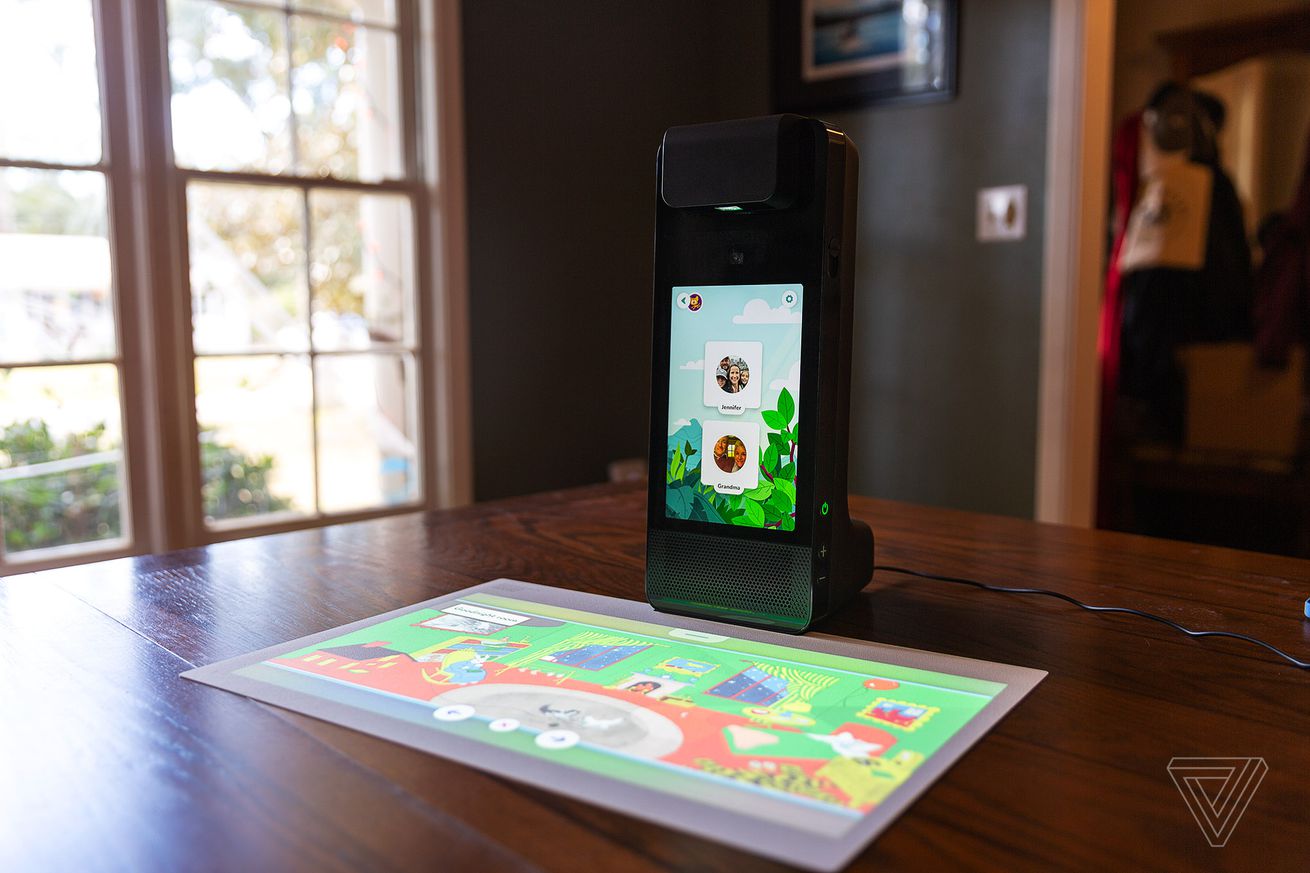

/cdn.vox-cdn.com/uploads/chorus_asset/file/24082576/overwatch_2_error.jpg) Image: Richard Lawler
Image: Richard Lawler

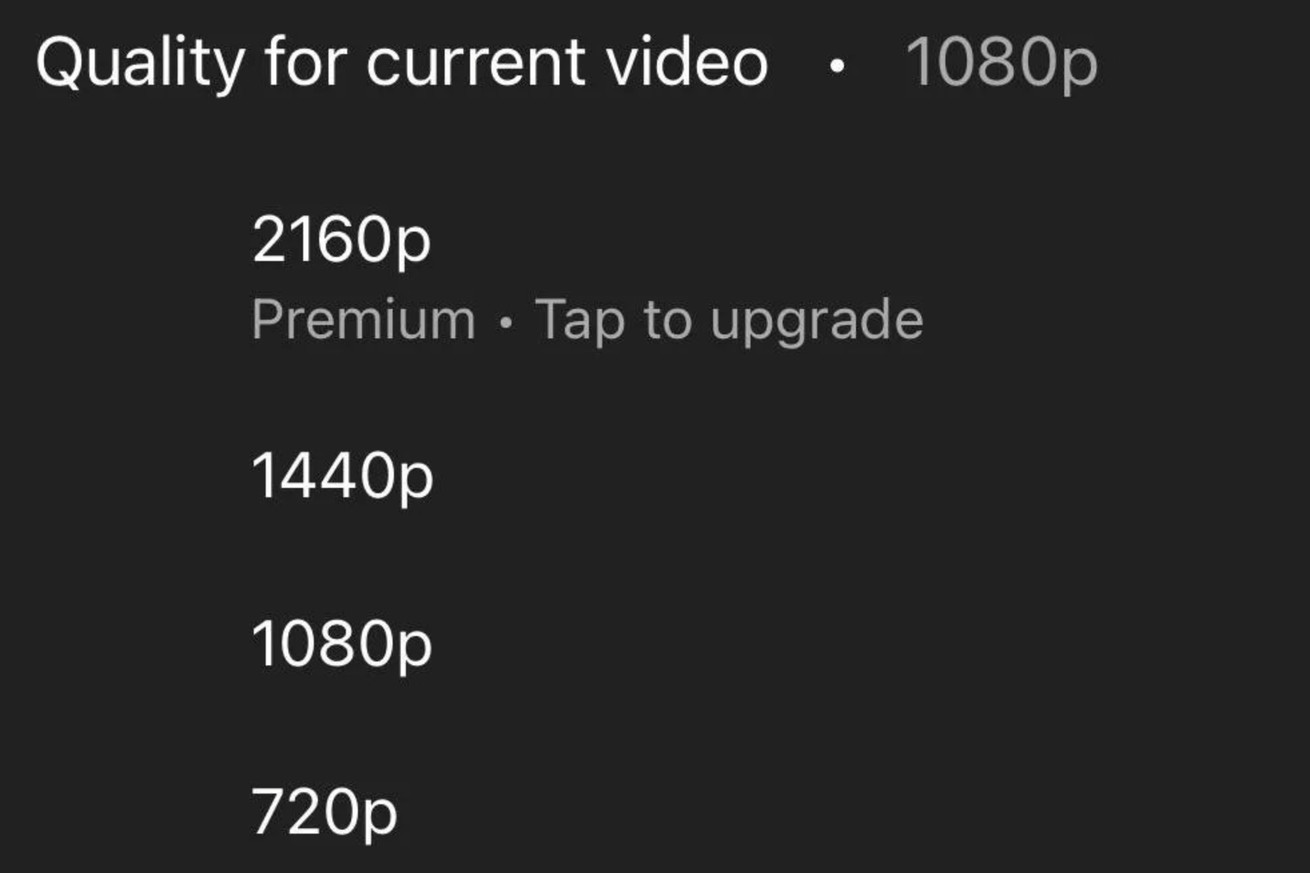
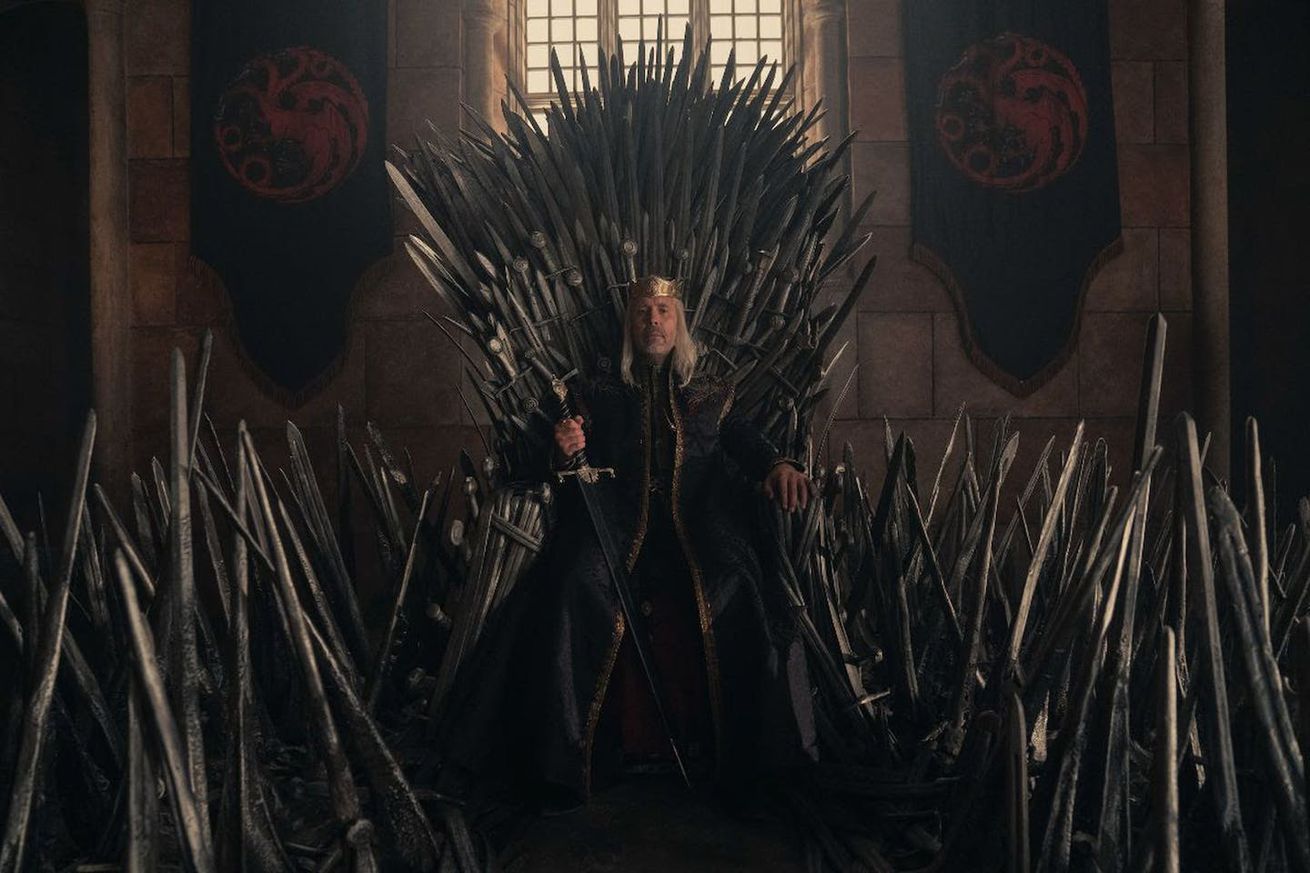
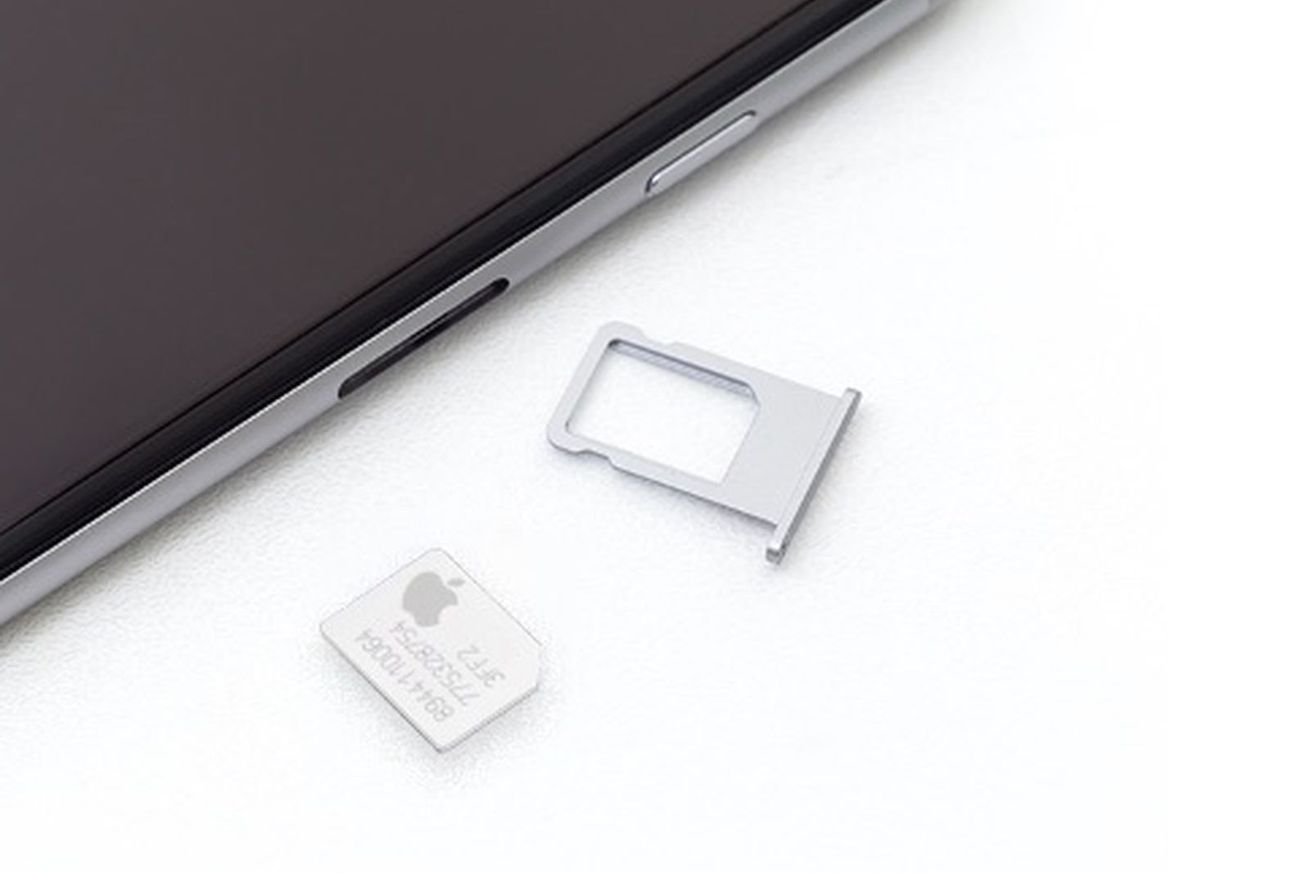


/cdn.vox-cdn.com/uploads/chorus_asset/file/24073428/Wisk_Gen6_Interior1.jpeg)
/cdn.vox-cdn.com/uploads/chorus_asset/file/24073423/Wisk_Gen6_Profile.jpeg)
/cdn.vox-cdn.com/uploads/chorus_asset/file/24073425/Wisk_Gen5_6.png)

/cdn.vox-cdn.com/uploads/chorus_asset/file/24076154/03_Maserati_GranTurismo_Folgore.jpeg) Image: Maserati
Image: Maserati
/cdn.vox-cdn.com/uploads/chorus_asset/file/24076158/04_Maserati_GranTurismo_Folgore.jpeg) Image: Maserati
Image: Maserati

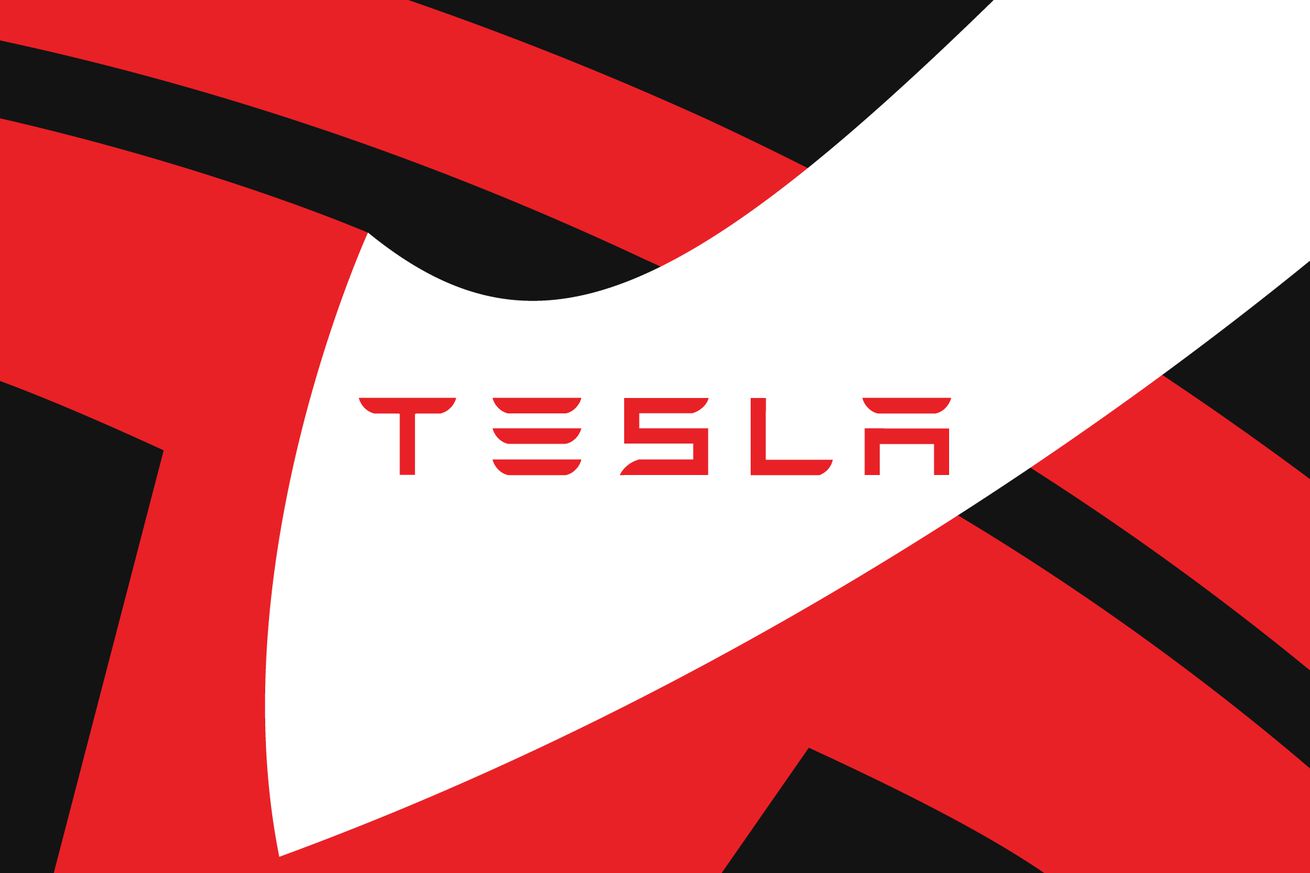

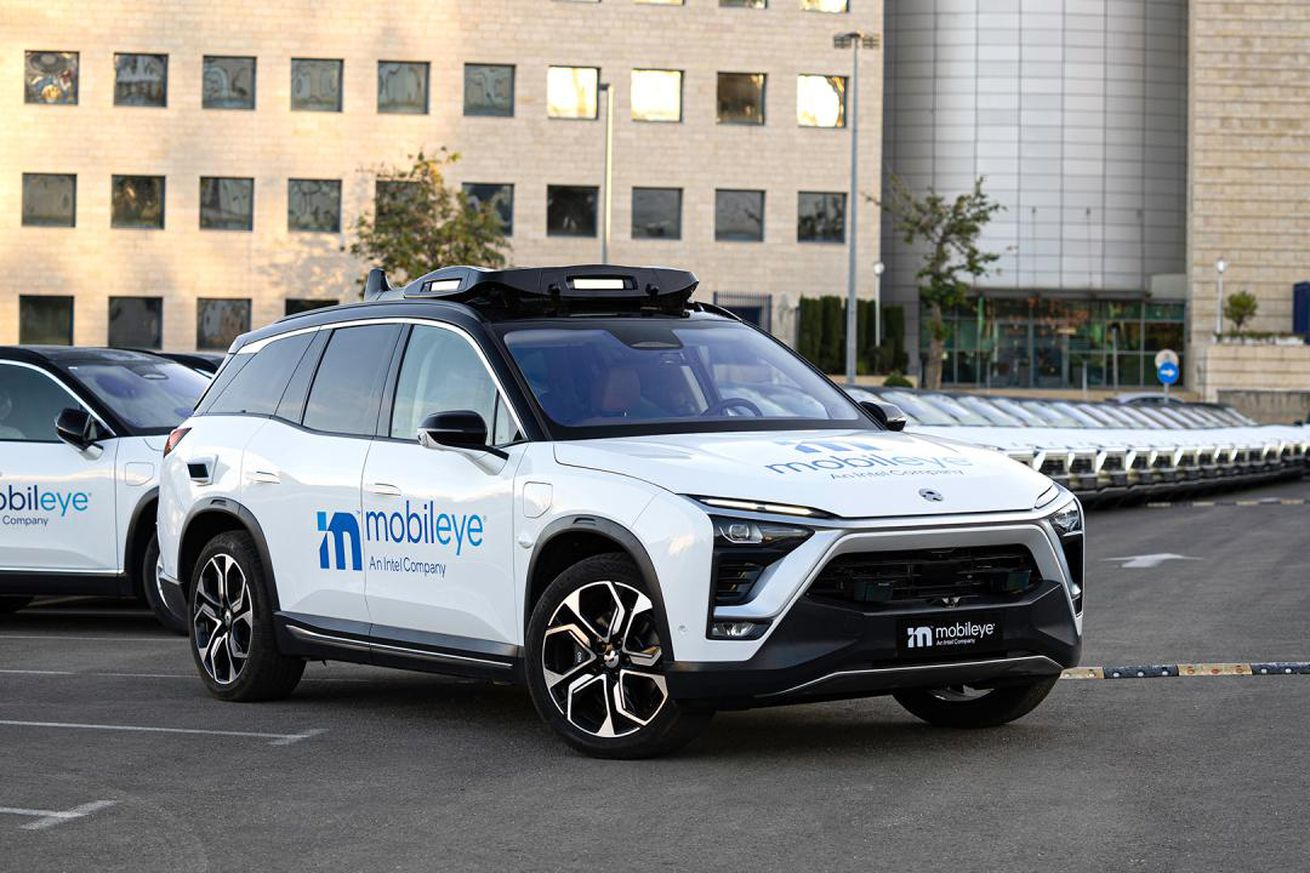

/cdn.vox-cdn.com/uploads/chorus_asset/file/24066078/20220927_170923_vert.jpg)
/cdn.vox-cdn.com/uploads/chorus_asset/file/24066132/IMG_2675.JPG)